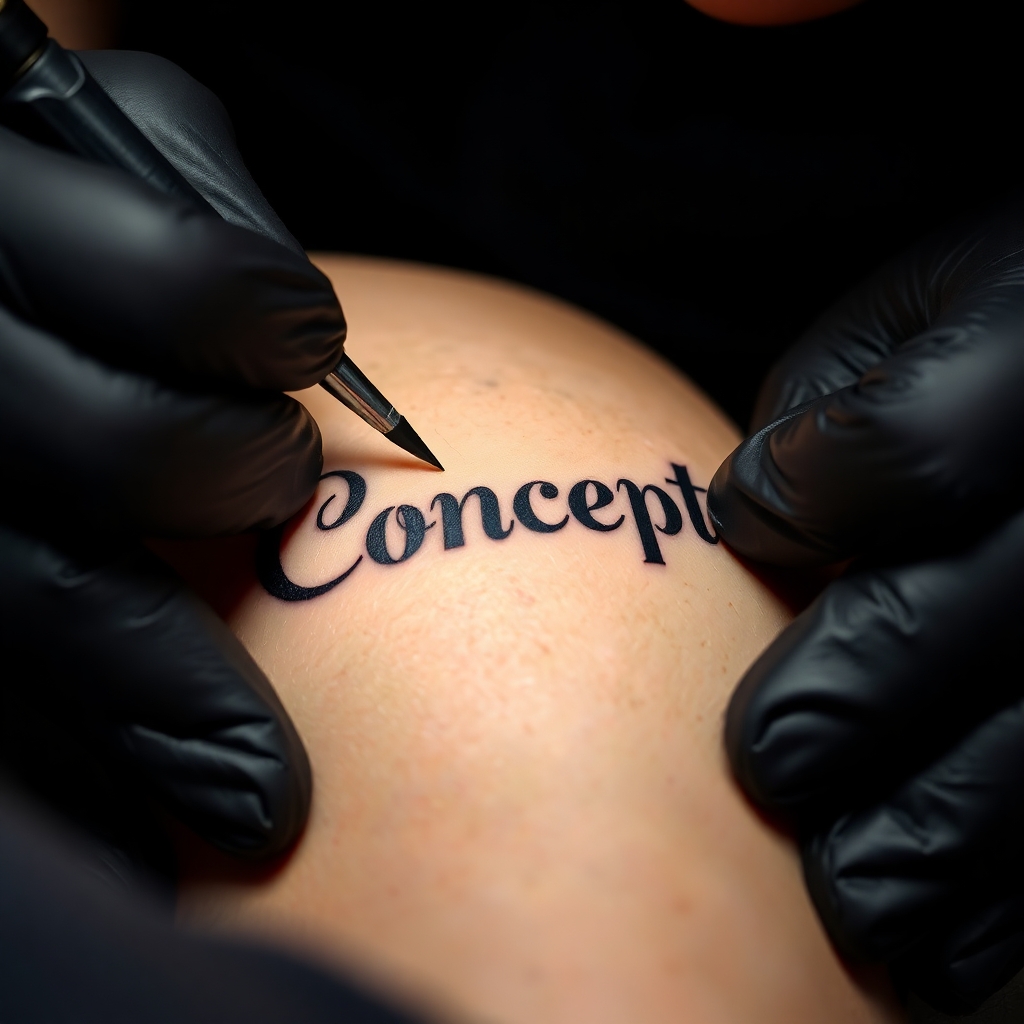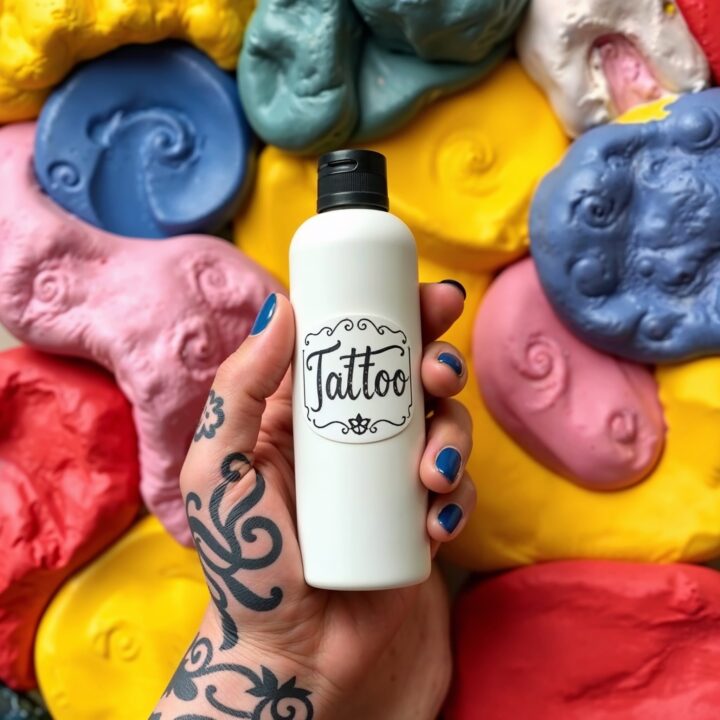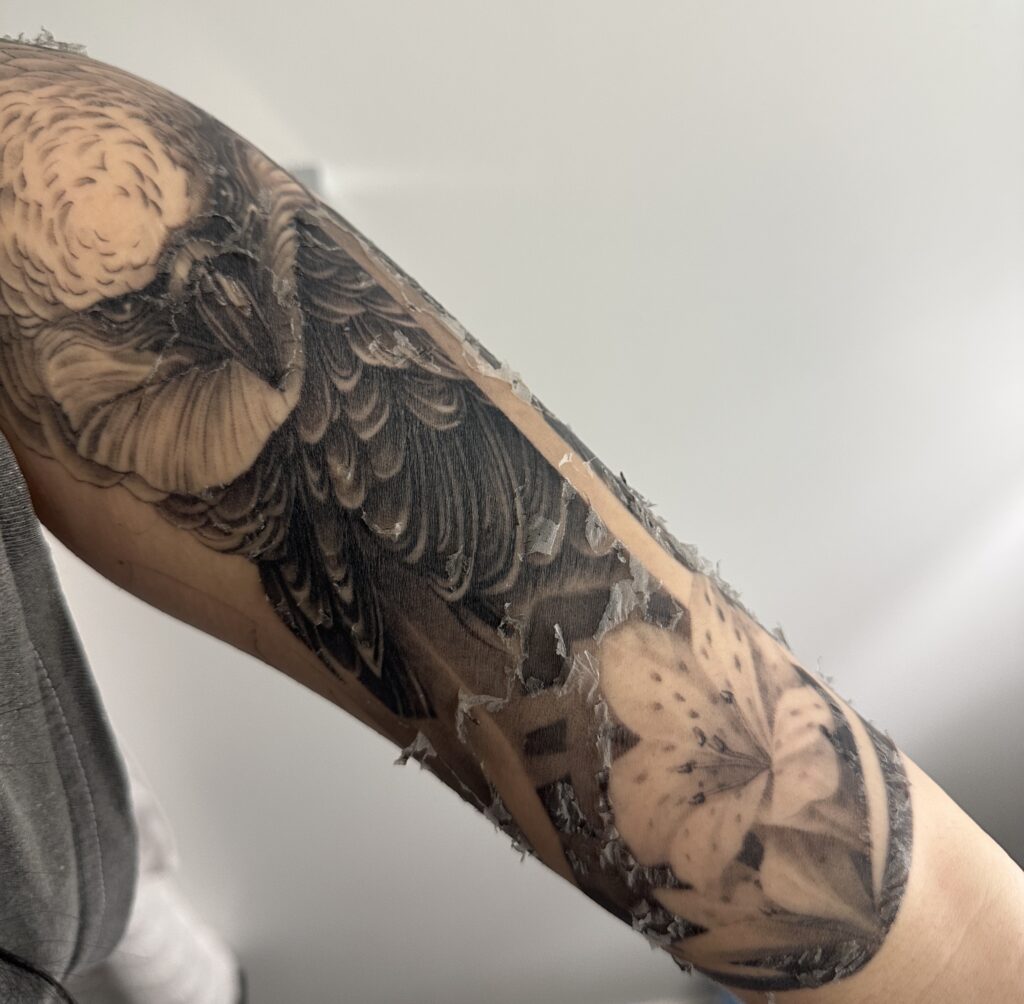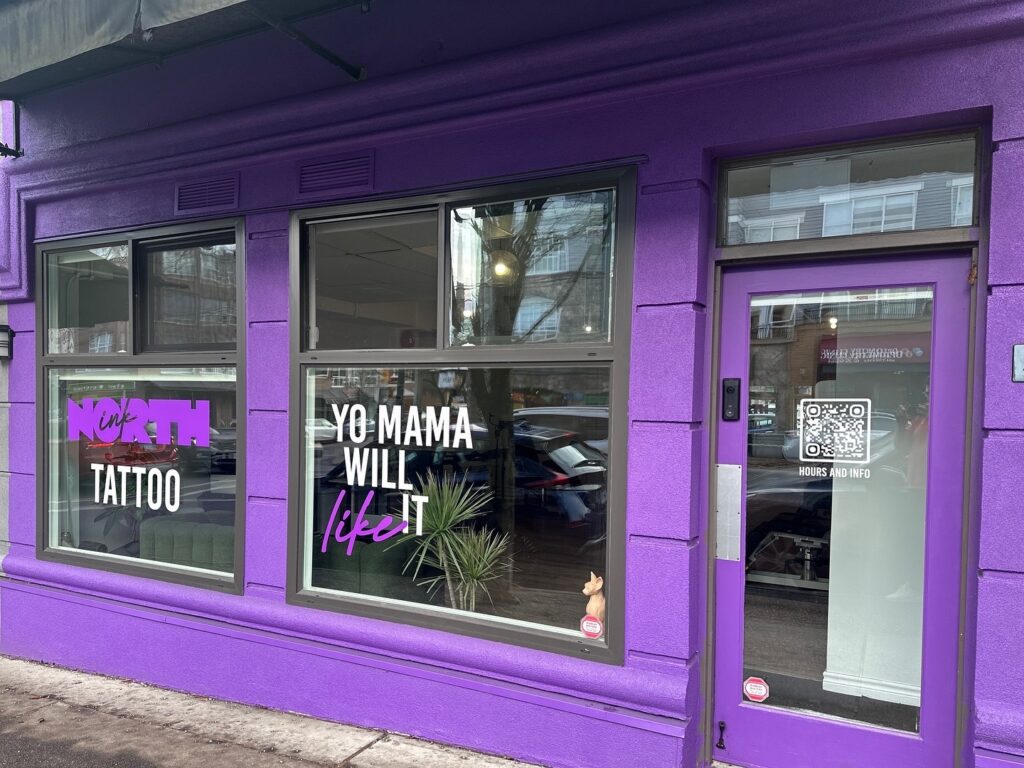

The Ultimate Tattoo Healing Guide
Introduction
This is going to be the ultimate tattoo healing instruction you’ll find anywhere on the web. We’ll touch on the fundamentals of a tattoo healing process and walk through different methods we can use these days to take proper care of our tattoos.
Okay, let’s start with the boring stuff that you might already know, but we’ll repeat it anyway. Our main issue and the biggest topic related to tattoo healing is infections—because this is the biggest problem you might have when getting a tattoo. We don’t want to get infected. That’s it. And obviously after that, we want it to look good, right?
Infections During Tattooing
Let’s talk about infections first. During the tattoo process, your skin is penetrated thousands of times per minute. The tattoo machine works on average around 100 times per second. Let’s do some quick math just for fun: if you have an average four-hour session, that’s 4 hours × 60 minutes × 60 seconds = around 14,400 seconds, times 100. That’s roughly 1.4 million times the needle penetrates your skin in a single tattoo session. A million times! Crazy, right?
How is your skin after that? Pretty messed up—it’s basically a meat grinder. If you go over the same area too much, there’s a higher probability you’ll get a scar, so one of the main skills artists need is knowing when to stop.
Right away, your body is like, “What the heck is going on? Did I damage myself? Did something penetrate my skin?” and it sends its defenses to take care of things. Why does a tattoo get swollen? Because your body sends fluids to that area, and these fluids help the immune system send in soldiers to fight off bacteria that could get in while your skin is open.
As we keep tattooing, it just keeps getting more swollen, and that’s also why it’s more painful over time—the body is fighting, sending in resources. There’s a reason why white ink sucks. It’s not because it’s white; it’s because by the time we get to white ink, the area has usually been worked on for a long time, it’s swollen, and the body is just done. Lots of good info so far, and we still haven’t talked about healing, but we’ll get there—this is why it’s called the ultimate healing guide!
Wound Formation and Scabbing
During the tattoo process, you’ll often see blood. Together with that blood comes plasma and other good stuff. This stuff aims to form a protective scab on the wound to stop more bacteria from getting inside and causing more damage.
Here’s where our goals differ from the body’s goals. The more scabbing you have, the worse the ink will hold after healing. So one of our healing goals is to avoid scabbing as much as possible.
And now, on to the methods…
Method 1: Do Nothing
A lot of tattoo artists will hate me for even bringing this up. Basically, leave your tattoo exposed, do nothing. We generally never tell clients to do this, but as artists, sometimes we do it ourselves.
This method might be okay for super minimal, fine-line tattoos with a very low chance of infection. For example, when I got my fingers done, I didn’t really put anything on them, and it was fine. But unless you really know what you’re doing and have experience, try to avoid this.
I do not recommend this method to most people.
Method 2: Saran Wrap
This is a pretty old-school approach. Right after the session, you put some Vaseline or an antibacterial cream on the tattoo, then wrap it in Saran Wrap for a couple of hours.
Key points if you do this:
- Remove the Saran Wrap after 3–4 hours. It protects the tattoo during the most critical time right after the session, but if you keep it on for longer, it can become a perfect breeding ground for bacteria.
- Wash your tattoo with warm (not too cold, not too hot) water and soap when you remove the wrap.
- Use a suitable cream. Many artists say just use moisturizer, but I prefer something specific for tattoos because it usually has antibacterial properties.
After that, you wash the tattoo a couple of times a day, keep it clean, and once it starts peeling, don’t scratch or peel it.
Downsides
- You’ll likely get ink on your sheets—tattoos bleed a lot in the first 24 hours.
- You’ll probably see more scabbing, which, as we said, isn’t great for best healing.
Method 3: Doggy Pads (Meat Pads)
We tattoo artists are creative, so we started using puppy pee pads—yes, those pads for dogs—to absorb the fluids.
This method isn’t super popular, mostly used for bigger projects (especially colored ones). Instead of Saran Wrap, you apply Vaseline or antibacterial cream, then wrap your tattoo with an absorbent pad.
This pad soaks up all the blood, plasma, and other fluids. Because those fluids are soaked into the pad, they don’t form a scab on your skin—genius!
Aftercare:
- Replace the pad every few hours (often every 8 hours) for the first day or so, until there’s no more residue.
- After every pad change, wash the tattoo and ideally apply antibacterial cream.
Downsides
- It’s not very convenient, especially if you don’t have someone to help you wrap it properly.
- Not great for summer.
- If you’re not cleaning properly, there can be a slightly higher chance of infection.
Method 4: Second Skin (Modern Approach)
And now, welcome to the future: Second Skin. It was originally developed for burn victims to cover large wounds and prevent infection.
I wasn’t a huge fan years ago because I had a client lose the Second Skin at night and get a major infection. But they’ve improved a lot. The glue is perfect now, it’s stretchy, and it’s just great overall.
Pros
- It sticks to your skin, so there’s minimal bleeding on your sheets.
- All the blood and plasma stay under the film, and they actually help the healing process.
- Super convenient: You can bathe, and you don’t need to wash or dry it while it’s on.
Caution
- Make sure none of that “forbidden juice” seeps out of the Second Skin. If it does, it’s compromised, and bacteria can sneak in.
- Wear it as long as possible (usually 3–4 days), but if you sweat a lot under it, you might get pimples.
- Taking it off can be a bit painful if it’s a big piece, especially with super-sticky ones.
- Buy a good brand. The cheap ones can either peel off immediately or rip your skin.
Tattoo Healing Timeline
Basically, a tattoo heals fully after three to four weeks. In the first few hours, your tattoo will be very swollen, and that swelling should go away in the first 24 hours.
Sometimes, after a long session, you can feel like you’re literally sick—your body’s been fighting hard all day. What I usually do is take two pills of acetaminophen (paracetamol in Europe). It helps me chill.
It’s going to bleed for the first 24 hours and sometimes even a bit more. If you’re using Second Skin, you might see the tattoo start peeling off after four or five days. Again, don’t scratch it or peel it. Don’t help it come off.
The peeling usually goes away after a day or two, maybe three. After that, you’ll see weird stuff going on with your tattoo—it looks faded. That’s because a layer of skin forms above the ink, so it’s temporarily not as vibrant. People sometimes panic and message their artist about it looking weird. I always say, talk to me a month after the session. If there’s still something weird, we’ll fix it. But most times, it’s just the normal healing process.
Also, it’s not recommended to tattoo near a fresh location or especially on fresh ink while it’s still healing. Obviously, some artists do big projects day by day, especially if a client travels for a large piece. But we do it in a way that we’re not going over the exact same area.
What To Do If You Suspect an Infection
Sometimes tattoos get infected—don’t panic. The main signs are pain that lasts beyond a couple of days (like it really hurts for three, four, five days) and possibly greenish goo on the tattoo. If that’s happening:
- Don’t freak out—it’s okay, it can happen.
- If you’re in Canada, you can buy antibiotics like black Polysporin (which is a cream). Use it for a couple of days.
- If your tattoo starts getting better, awesome. If not, go visit a doctor ASAP.
- It’s very important not to let it degrade further. Worst case, you might need a touch-up afterward, but that’s it. So just stay calm and handle it.
Additional Tips
-
No pools, saunas, or jacuzzis while your tattoo is fresh. Even if you have Second Skin on, it’s not recommended to soak yourself in questionable water. If you do a long soak in a bath, water can enter the open skin and cause issues, like ink flowing out.
-
Sun damage is a big deal. Even if your tattoo is fully healed, too much sun can fade it. When it’s fresh, there’s no protective layer, so the ultraviolet rays do even more damage. Avoid the sun on a new tattoo if you want your ink looking fresh!
-
Know when to see a doctor. If you see serious redness, swelling that won’t quit, fever, or pain that doesn’t improve—seek professional medical help.
-
Allergies and sensitivities. Ink or adhesives (like with Second Skin) can cause allergic reactions in some people. Keep an eye on itching, rashes, or unusual swelling.
-
Maintenance for the long run. Once you’re fully healed, remember to use sunblock if you’re going to be out in strong sun for a while. That’ll keep your tattoo looking sharp.
Conclusion
Congrats! If you actually read all of this, I salute you. You now understand how tattoos heal. While you might not be an official medical professional, you do know enough to keep your tattoo from getting infected and help it look great in the long run.
Thanks for reading! Stay safe, keep your ink healthy, and enjoy your awesome new tattoo.


